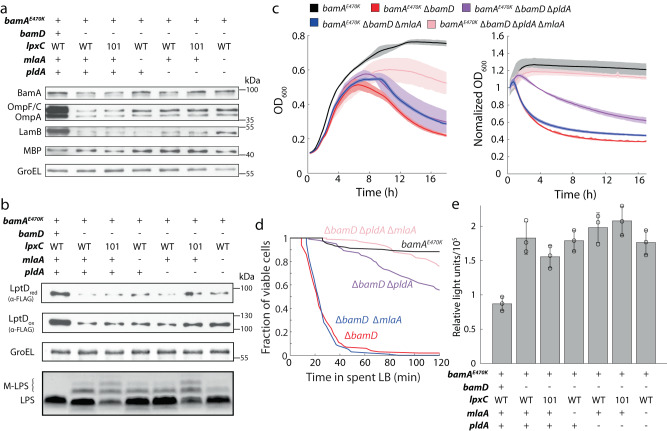Fig. 3. OM lysis is not due to loss of material but instead due to alteration in membrane composition.
a bamD deletion reduces levels of OM proteins. Shown are immunoblots of major OM proteins in cell lysates of bamAE470K, ΔbamD, and suppressor mutants of ΔbamD from log-phase cultures. Data are representative of three biological replicates. b Although deletion of bamD reduces levels of the LPS transport protein LptD, LPS levels are unaffected. Shown are immunoblots of LptD, GroEL (as a control), and LPS in cell lysates of bamAE470K, ΔbamD, and suppressor mutants of ΔbamD from log-phase cultures. Data are representative of three biological replicates. c The decrease in OD in stationary phase (left) or upon transition from log-phase growth to spent LB (right, transition occurs at t = 0) in ∆bamD cells is partially rescued by deletion of pldA and fully rescued by deletion of pldA and mlaA. N = 3 biological replicates. Curves are mean values, and shading represents 1 standard deviation. d Cell lysis in spent LB is partially rescued by deletion of pldA and almost fully rescued by deletion of pldA and mlaA, in agreement with the population-level measurements in (c). Shown are quantifications of the fraction of viable cells as determined from time-lapse images (Methods). n > 100 cells for each strain. e Suppressors do not rescue the permeability defect of ∆bamD cells. Shown is quantification of the intake of fluorescent 1-N-phenyl-naphthylamine (NPN) in bamAE470K, ΔbamD, and suppressor mutants. Data are presented as mean values ± 1 standard deviation. N = 3 biological replicates. Relative light units = fluorescence/OD600.

